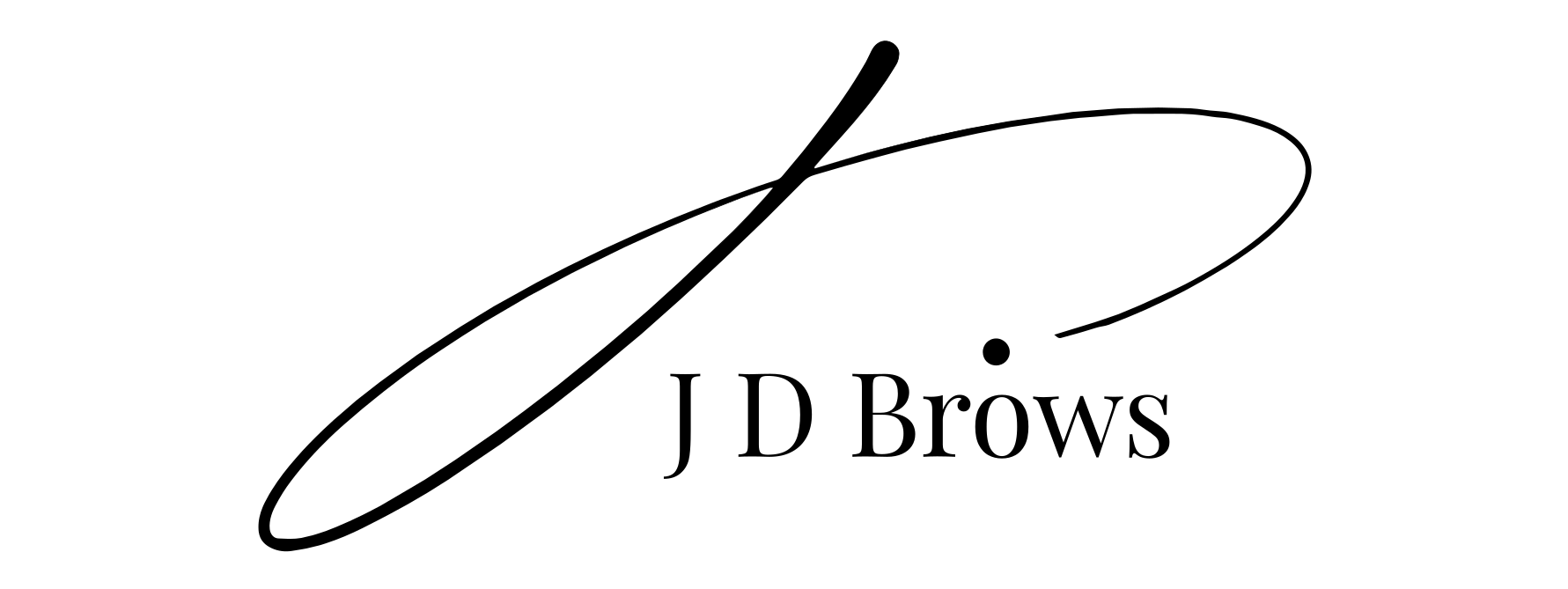Consultation
During the microblading consultation, the technician will discuss the client's desired brow shape, thickness, and color, as well as examine their natural brows to assess their current shape and density. The technician will explain the microblading process, including the equipment used, the procedure steps, and aftercare instructions.
Measuring
The technician will use tools including a ruler to map the clients ideal shape on their skin. The shape is drawn on to the skin with a pencil, allowing clients to visualise the end result. The procedure only starts once the shape has been approved by the client.
Patch test
A patch test is a simple and important step in the microblading process that involves applying a small amount of pigment behind the client's ear or on the inner arm and leaving it for 24-48 hours. The purpose of the patch test is to check for any potential allergic reactions to the pigment used in the microblading procedure.
Skin types
"Microblading can be suitable for most skin types, but there are certain factors that may affect the outcome of the procedure. Here are some considerations for different skin types
Aftercare
"Proper aftercare is essential for the success and longevity of your microblading procedure. Here are some general guidelines for microblading aftercare: Avoid getting your brows wet for the first 7-10 days after the procedure. This includes showering, swimming, and sweating. Do not pick or scratch at the treated area.
Results
"Microblading can provide natural-looking and long-lasting results for clients looking to enhance the appearance of their eyebrows. The results of microblading can vary depending on factors such as the client's skin type, the technique used by the technician, and the level of aftercare provided by the client.

